To be a Marketer is one thing, but to be a successful one is a different story. Having endless curiosity and unsatisfying hunger to develop their skills, a Marketer should always be up to date with the latest Marketing trends and adapt quickly to new ideas and methods. Communicating the message effectively and using their audience’s language should also be given importance, and taking time to address their pain points and provide answers to their questions should be a top priority. But all of these would not make sense if you don’t meet your customers’ expectations, create an excellent user experience for website visitors, or provide valuable information to your social media followers. Your success also lies in your customers’ genuine happiness and the trust that they give to you overtime.
5 Standout Traits of the Best B2B Content Marketers
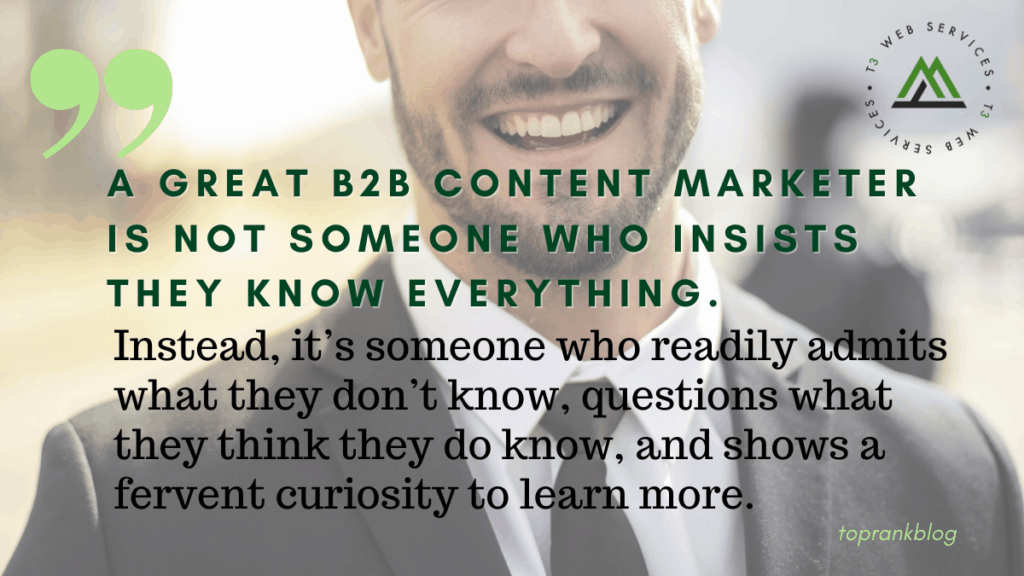

What if you could “create a player” in B2B content marketing? Which attributes would you want to max out in order to fabricate the most successful practitioner possible? It’s a fun and interesting question to contemplate, in large part because the answers now are different than even a few years ago.
Which traits and characteristics define the most effective B2B content marketers in 2021?
Optimized: 5 Traits of the Best B2B Content Marketers
Certain requisite skills, such as being creative and a good communicator, are so obvious as to go without stating. But a new set of traits are emerging that differentiate the best B2B content marketers in this reshaped business environment.
If you’re looking to hire a content marketer (or agency), or you’re looking to grow your own skills, these are the traits worth emphasizing.
Curious
The game is changing. New innovations are disrupting the profession and many fundamentals are in flux. In charting the top B2B marketing trends for 2021, TopRank Marketing CEO Lee Odden envisions a massive shift toward digital-first tactics and practices, citing AI and chatbots as technologies that will help lead the way as organizations zero in on digital customer engagement.
Adapting to this revolution requires a curious and open mind. Those who are rigidly set in their ways, or committed to conventional thinking, will be in trouble. We must be willing — eager, even — to challenge our own assumptions about our audiences’ needs, and how best to meet them.
Analytical
This can be a sticking point. Given that content marketers tend to be writers by trade, many of us (myself included) are averse to math. So the idea of crunching numbers and calculating metrics can feel a bit daunting. The good news is that marketing analytics tools can handle most of the math for us; it is incumbent upon B2B content marketers to take these insights and draw meaningful, actionable conclusions from them.
Put another way, being analytical means being scientific in our curiosity. Intuition and instincts are important, but they should never overshadow solid evidence in our thinking. The widespread availability of data today brings a world of opportunities to verify, validate, or revise any theory we might have.

https://www.toprankblog.com/2021/01/traits-b2b-content-marketers/
Facebook Ads Rejected? Here’s What to Do
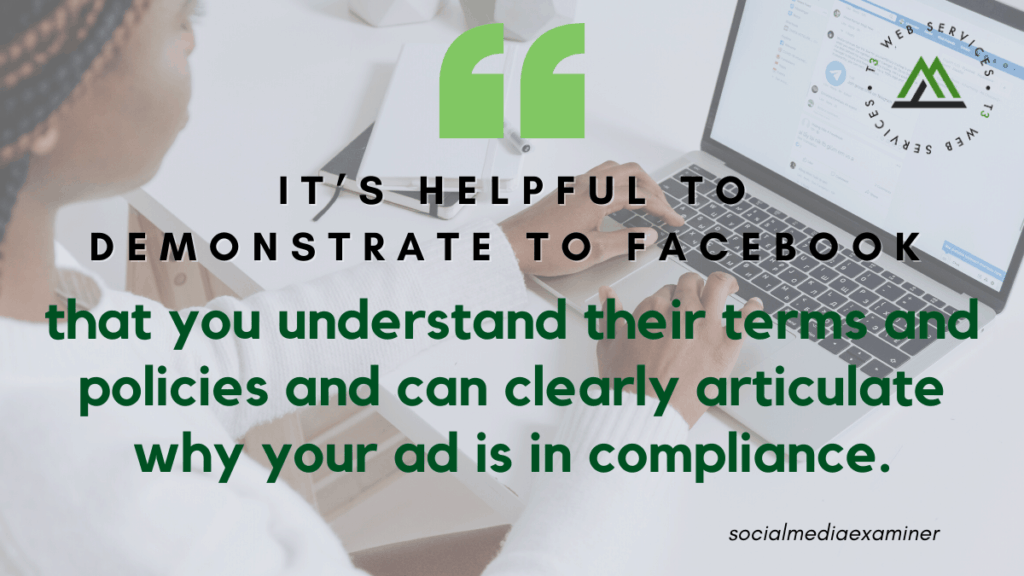

#1: Identify Why Your Facebook Ad Was Disapproved
Before you get started with your dispute, you need to know a few key pieces of information about your disapproved ad.
First, look for obvious reasons why it may have been disapproved. In Ads Manager, go to the ad level and click on Edit on your ad.
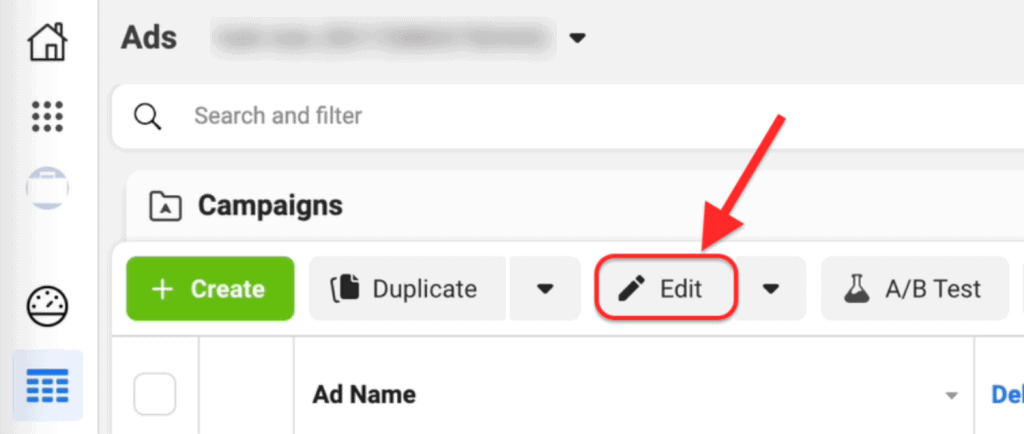
Facebook will often tell you why the ad has been disapproved in a general sense but realize that sometimes that reason is wrong.
For example, Facebook may say that your ad has something to do with cryptocurrency, and if that’s completely wrong, you can quickly dispute that.
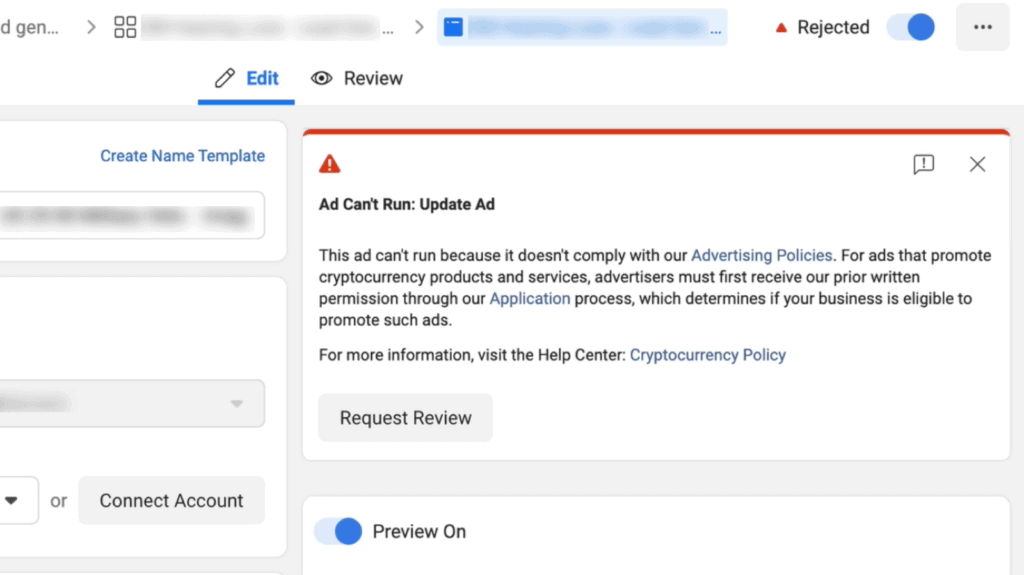
If the reason isn’t obviously incorrect, you may want to examine Facebook’s ad policies and terms more closely. Some of the major restrictions include drugs, gambling, and firearms. Beyond that, other restrictions that come into play involve housing, credit, employment, and politics.
One of the biggest reasons Facebook ads get disapproved is because of personal attributes. Facebook doesn’t like you to call out specific attributes of the viewer in your ad. To use Facebook’s example, you can say, “Meet Buddhists near you,” but you can’t say, “Meet other Buddhists” because that assumes you’re a Buddhist. It can be a fine line when it comes to wording.
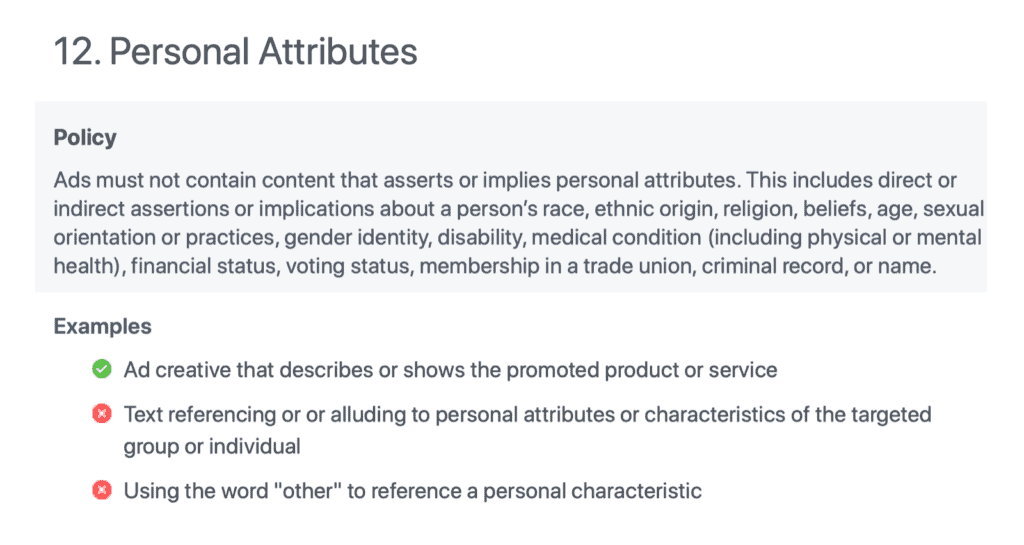
One way to get around this issue is to use client testimonials or stories in your ads. That approach allows you to describe the type of person that your product or service is a good fit for without specifically calling out personal traits.
If you used personal traits incorrectly in your ad, edit and resubmit it.
#2: Submit a Request for Review of a Disputed Ad
If you need to dispute a disapproved ad, there are several ways you can request a review.
The easiest way is to go to the ad level of your campaign, click Edit, and then click on the Request Review button.

If for some reason that option isn’t available to you or you’ve already requested a review, the next step is to go to Facebook Business Help at business.facebook.com/business/help. Once you’re there, the chat option may be available when you click on Get Support. If it’s not, you’ll have to submit an email request.

https://www.socialmediaexaminer.com/facebook-ads-rejected-heres-what-to-do/
How to Set Up Your First LinkedIn Ads Campaign: Step-by-Step
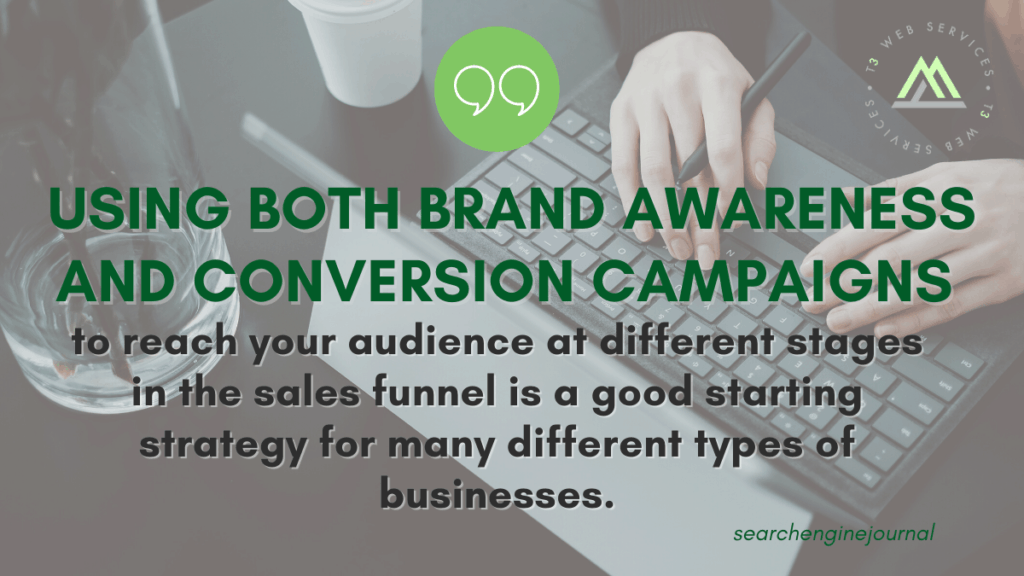

Millions of advertisers use LinkedIn Ads campaigns to reach their B2B audience.
If you are one of the many companies that still have not leveraged the opportunity to connect with audiences on this platform, this article is for you.
Even seasoned advertisers among us can benefit from a quick refresher on LinkedIn basics.
First, LinkedIn is home to the world’s largest professional network with 706+ million members in over 200 countries.
How to Create Your LinkedIn Ads Account
To get started with ads, a LinkedIn Page is required.
This is different from a personal profile.
Ensure that your page information is complete.
Ideally, you will post content updates daily (or at least regularly) to build engagement.
LinkedIn Ads Campaign Set-Up & Strategy
LinkedIn will walk you through various options when creating a new campaign.
The LinkedIn Campaign Manager prompts you to choose a campaign objective with one of three core objectives mirroring the sales funnel:
- Awareness: brand awareness.
- Consideration: website visits, engagements, video views.
- Conversions: lead generation, website conversions, job applicants.
Learn LinkedIn Ads Audience Targeting
Next, you will select audiences.
You can select from a saved audience you previously created, a LinkedIn audience, or create your audience from scratch.
Each of these selections allows you to create, edit, and further refine.

https://www.searchenginejournal.com/set-up-linkedin-ads-campaign/393430/?utm_source=sej-feed#close
The Anatomy of the Perfect Pitch Email
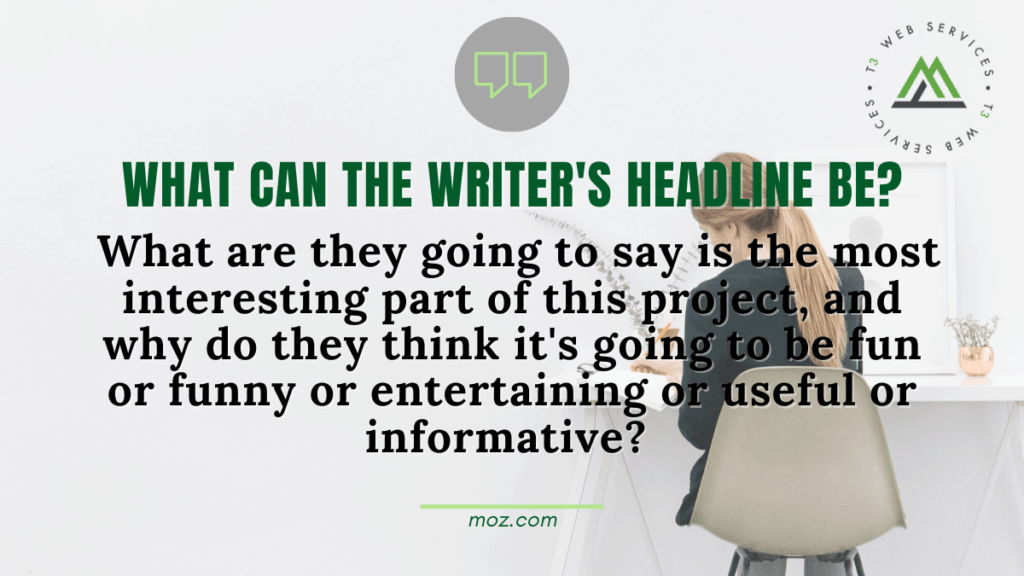

If you need to get backlinks and generate brand awareness for clients, a great way to start is by creating original research and then pitching that research to writers. But the promotion of your work is probably the trickiest part, and a lot of it comes down to the pitch email you send to a writer.
Human connection
So to start, I actually use this email because it didn’t delve too much into the personalization. I wanted to show an example of what happens if you can’t personalize as well. But personalization or any kind of human connection is extremely important, and it should be the lead into the body of your email.
So in this case, it’s a little more general. It says, “We all remember the horror flicks that left us sleeping with the lights on.” So that’s a more general human experience. I know I slept with the lights on when I saw “The Ring” for the first time. That’s just some way to connect with the person who’s reading it, to have them think of a memory.
However, if you actually have a chance to personalize an email, for example, if the writer has written something that resonates with you recently or you follow them on Twitter or LinkedIn and you like something that they shared, you can connect with them — you went to the same school, you have the same love of animals. We actually have a lot of people who pitched this year like pitching pictures of their animals and talking about how much they love dogs or cats.
Anything that is genuine can do really well. But remember that there’s a human being on the other side of the email that you’re sending, and just humanize this a little bit. So that should be about a sentence or two. As you can see here, it ends about here. So you don’t want to go into a whole life story, but touch on that a little bit.
Top-level project description
The next segment is a top-level project description. So the next sentence here says, “Could you imagine if one of those characters occupied the room next to yours?” So now we’re bridging the kind of anecdote to the actual project. “To explore this further, my team asked over 1,000 TV and movie fans about their most and least desirable fictional roommates.”
So right there you know exactly what the project is about. It’s about a survey we did asking people which fictional characters in all kinds of media they would like to live with. So it’s very fun. It’s a light piece. It’s a fun piece. However, the structure is still the same when creating these pitch emails. No matter if it’s hard news or something a little more lighthearted, this is a really effective way to go.

https://moz.com/blog/perfect-pitch-email
5 Ways to Humanize Your B2B Content Marketing – And Why It Matters
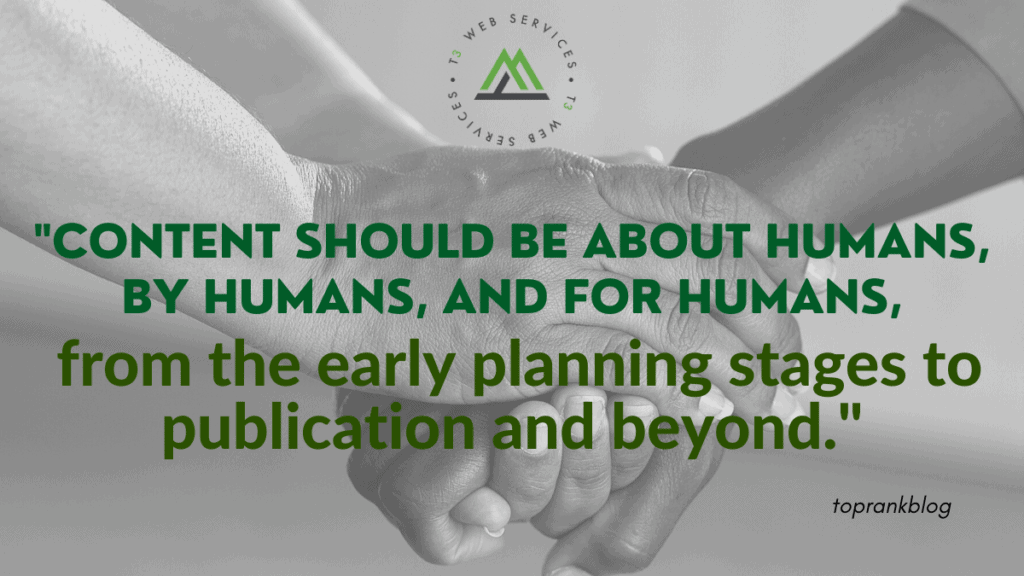

1 — Talk Like a Person
Corporate jargon is a language all its own, with its own vocabulary, cliches, and even sentence structure. It can sound stiff, dry and deeply unnatural to your audience.
For example, we might say: “Going forward, our software solution can be used by busy sales professionals to activate their data and achieve more meaningful results.”
When what we mean is: “You can find more potential prospects in your data with our solution.”
There are a few elements that set corporate-speak apart from actual human language:
- Passive voice. For example, “This article was written by me” is passive. “I wrote this article” is active. Active voice is more powerful, more emotionally compelling, and far more natural.
- Lack of “I” and “you.” I blame high school English class for this one. Every piece of marketing content should have an actual author who is present in the text. The word “I” is not your enemy. On the flipside, it’s okay to say “you” when you’re talking to your audience. Engage them directly!
Even better, if you and your audience are part of the same group, use the most powerful word of all: WE. We need to address this problem. We all feel a certain way sometimes. I can’t overstate how powerful a sincere we can be. - Fussy vocabulary. Don’t utilize a less common word when you can use a simple one instead.
- Jargon. If you’re talking about how your solution delivers customer-centric data-driven insights… well, that’s how the marketing team would talk about it, sure. But what does it mean to your audience? Use terms that match how your audience talks and thinks — and don’t just guess. Part of keyword research is learning your audience’s preferred terminology.
2 — Feature Your People
The first section is all about the minor adjustments that make your content sound more human. For the rest of the post, we’re going to talk about how to make sure it actually is more human.
To start with, I said above that every piece of content should have an actual author who is present in the text. That means using first-person pronouns regardless of what Ms. Funke in 9th-grade English would say. But it also means having a point of view, an individual outlook on the world as opposed to a corporate one.
One of the best ways to do this is to co-write the content with people in your company. Writing about your brand’s customer service? Interview a customer service agent. Want to explain how your solution works? Feature one of your R&D folks or engineers.
As the marketer, of course, you’ll help shape and polish the content. But you’ll be ensuring each piece has a unique point of view, and that it doesn’t all sound like marketers trying to sound like other folks.

https://www.toprankblog.com/2021/01/humanize-b2b-content/
What 2020’s Best Social Media Campaigns Teach Us for 2021
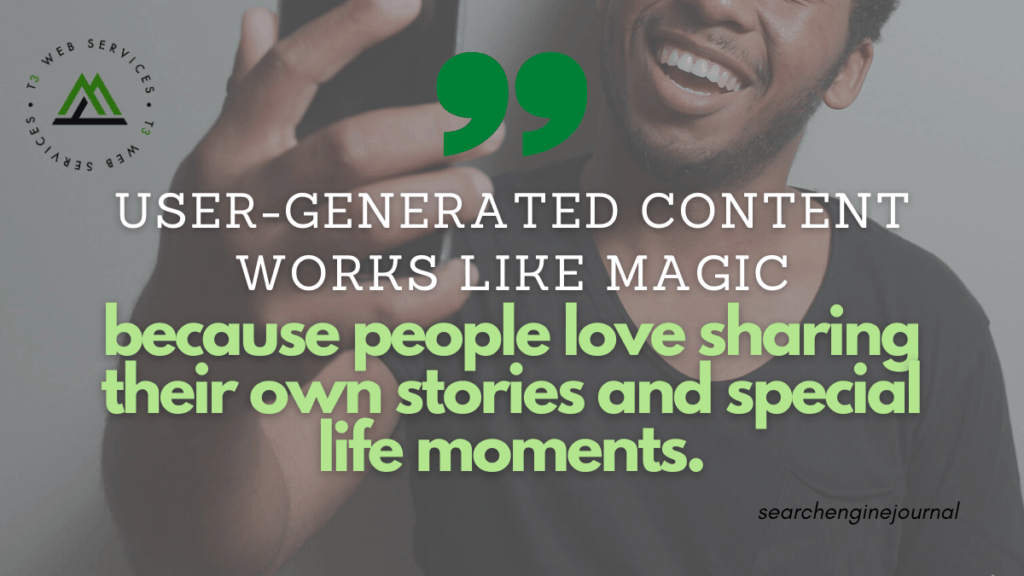

Here are five of 2020’s best social media campaigns (plus what you can learn from each of them).
1. Manu Atelier’s Lockdown Launch
Imagine this.
You’re a thriving fashion brand selling luxury bags and shoes.
Suddenly, a global pandemic strikes, and your loyal customers are stuck at home.
You’re forced to temporarily close your shops.
What would you do?
For luxury fashion brand Manu Atelier, it meant pivoting from their original campaigns and connecting with their Instagram following on a deeper level.
They reached out to friends and fans of the brand and asked them to shoot photos of themselves with their Manu Atelier pieces… right in their own homes. Check out this post…
The brand enjoyed higher engagement with their following and a successful launch of their new collection as a result.
What we can learn from Manu Atelier’s lockdown launch:
Be ready to pivot and change your marketing plan within short notice.
If there’s anything we as marketers can predict, it’s change.
No one expected the devastation the COVID-19 pandemic brought.
But for brands like Manu Atelier, which were ready to quickly pivot and change their message, things worked out more than well.

Social Media Messaging for Success on Every Platform
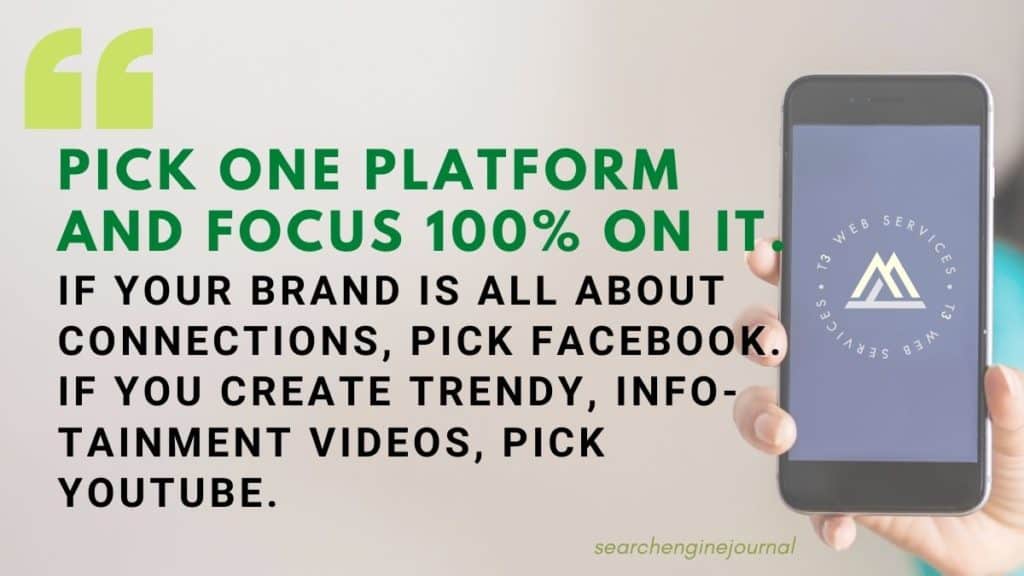

1. Facebook
Facebook is the largest social platform with over 2.7 billion users.
But way back, before the hype and lawsuits and ads, it was a tiny site built to connect Harvard students and alumni.
This means it’s a platform founded on the goal to form meaningful connections with other people.
In fact, it’s #1 mission is: to bring the world closer together.
Here’s how they’re unique.
1. Facebook
Facebook is the largest social platform with over 2.7 billion users.
But way back, before the hype and lawsuits and ads, it was a tiny site built to connect Harvard students and alumni.
This means it’s a platform founded on the goal to form meaningful connections with other people.
In fact, it’s #1 mission is: to bring the world closer together.
How to reach people on Facebook:
Focus on building connections.
There’s a ton of ways to do this but one that stands out is creating a living, breathing community of like-minded people.
Just go to Facebook and search in the “groups” section. What you’ll find thousands of groups, depending on what keyword you use to search.
Avoid spammy sales language at all costs. Speak to your ideal clients like friends and family.
Connect deeply with them. Help them.
Build lasting relationships with them.
By following this rule, you’ll avoid turning Facebook users off as they visit the platform to connect with friends and loved ones.



Leave a Reply